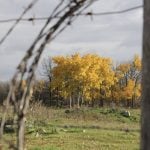
Tag Archives beef research

Peace Region Living Lab includes learning cluster
The Living Lab, which spans the Alberta and B.C. border, has the potential to create a community of producers interested in trying new things
[Updated Jan. 3, 2023] When most people think of British Columbia, they think of white-capped waves on the Pacific Ocean off the Sunshine Coast, the sweeping, snowy Coast Mountains of Whistler, or trees hung heavy with fruit in the Okanagan. Most people wouldn’t think of a landscape very similar to Alberta, with gently rolling hills […] Read more

From Recife to Edmonton: Dr. Gleise Silva takes the helm of new research chair
Silva has a reputation for creating opportunities and an interest in connections between multiple research areas
Growing up in Recife, Brazil, an Atlantic port city criss-crossed by bridges and waterways that draws comparisons to Venice, Gleise Silva may have seemed like an unlikely candidate for a future beef cattle research chair. But Silva knew she wanted to work with animals one day. Her interest in agriculture and animals persisted through high […] Read more

Finding a role in the science behind red meat production
Young Leader Spotlight: Combining her love of science and raising cattle, Haley Scott has created an exciting career path in meat production research and improvement
When Haley Scott reflects on how she arrived at her current position in meat production research, it all makes sense. An opportunity to study at an agriculture program in New Zealand was just one of the experiences that led her to blend her background in cow-calf production and passion for science into a promising career. […] Read more
Boviglo shows positive results in feeding trial
A nine-month feeding trial at Lethbridge Research Centre shows that average daily gain (ADG) during the 110-day backgrounding period for steers that received Boviglo was 1.11 kilograms per day (kg/d). This was a bit better than that for the control group and a little less but not statistically different from the group that received an […] Read more
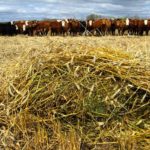
Another look at the costs and benefits of swath grazing
Research on the Record with Reynold Bergen
Well-managed swath grazing has well-known economic benefits for producers. But research results from a study funded by the Beef Science Cluster showed that it can have environmental benefits as well. Dr. Vern Baron and coworkers at Agriculture and Agri-Food Canada’s Lacombe Research Station recently published Swath grazing triticale and corn compared to barley and a […] Read more
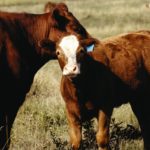
Eastern beef research facilities get an upgrade
Research: News Roundup from the August 2017 issue of Canadian Cattlemen
A $15.5 million injection into the University of Guelph’s Elora research farm is expected to produce a world-leading beef research facility. Meat science researcher and nutritionist Dr. Ira Mandel says the new facility will allow the university to amalgamate the beef research herds from New Liskeard and Guelph. “We’re going to have a much larger […] Read more
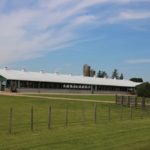
Guelph gets new beef research facility
The federal and provincial governments and the Beef Farmers of Ontario have all announced funding for buildings and programs at the University of Guelph’s renewed beef research station this week. The funds announced are to help create a completely new cow-calf and heifer research facility next to the current beef research station, and a new […] Read more

$1.7 million for Olds College research centre
Research: News Roundup from the October 3, 2016 issue of Canadian Cattlemen
The Natural Sciences and Engineering Research Council of Canada (NSERC) announced funding last month for the development of a new state-of-the-art research facility at the Olds College Technology Access Centre for Livestock Production (TAC). TAC will act as a technology training hub for regional livestock producers, as well as a research resource for students studying […] Read more
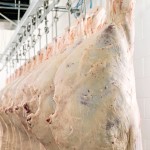
Dry-chilling beef carcasses (and two other things)
The muscle tissues of healthy animals are essentially free of bacteria until carcasses are skinned. At that point, it is impossible to eliminate the transfer of bacteria from the hide and the environment to the meat. Many of those bacteria are harmless, but some can cause meat to spoil faster. Others, like verotoxigenic E. coli […] Read more
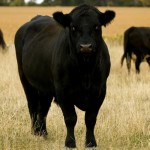
Are ionophore antibiotics a risk for antimicrobial resistance?
Last month’s column talked about Health Canada’s initiative to phase out growth promotion claims for medically important antibiotics by December 2016. This will impact three antibiotics (tetracycline, sulfamethazine and neomycin) that have growth promotion claims in beef cattle in Canada. It will not affect ionophore antibiotics like Rumensin, Bovatec, or Posistac. Ionophores are used widely […] Read more



